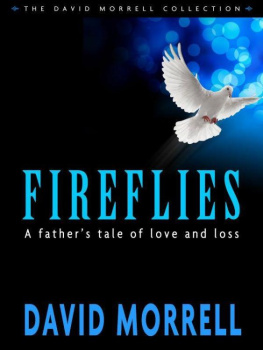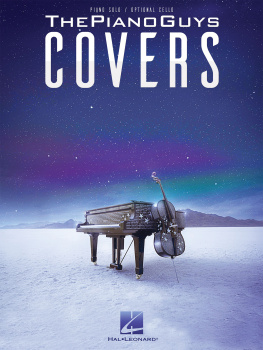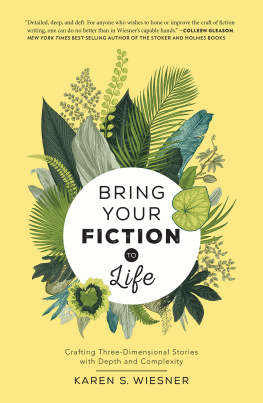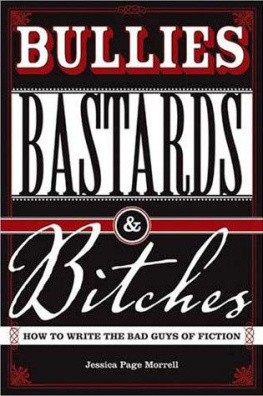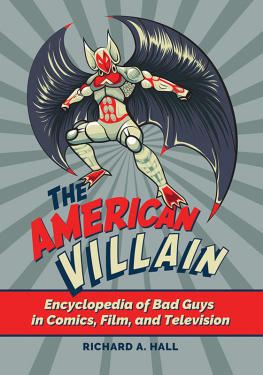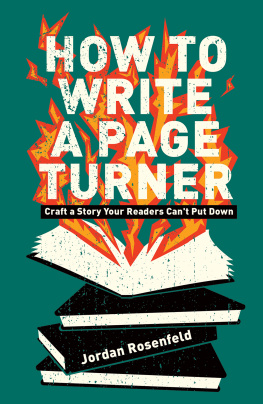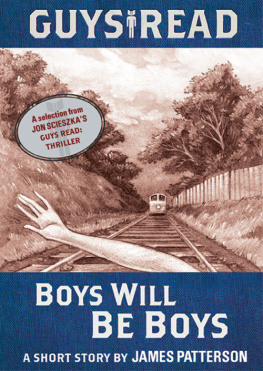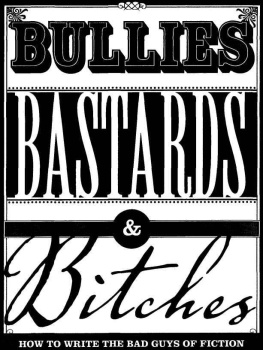

If your life is anything like mine, the people I have not likedin fact, the ones that gave me a case of indigestion every time we metare often the most fascinating and complicated people I know. They're the rascals I fret about, struggle to understand, and want to avoid. Since you're a fiction writer, I'm surmising that you also find all kinds of people endlessly fascinating. And while in real life we cannot always understand why people act and think and love as they do, in fiction we can make these people knowable, even when their actions and motives are vastly different from our own.
You see, it's fairly easy to be nice, most of the time. You keep your mouth shut when your best friend is complaining about her husband's drinking for the hundredth time; you say nice things about your friend's children, even though you believe they're spoiled and ill-mannered; and you don't comment when your sister gains twenty pounds in only a few months. You call your mother, recycle, show up for appointments on time, and always signal when you turn. Most of us fall into the good guy category, most of the time. And most of us want to be liked.
Luckily, fictional characters are not much like us. And luckily for the world of fiction, characters exist who don't try to be nice; in fact, they sometimes go out of their way to make other characters' lives miserable. Writers who want to add spice and conflict, and who want to push the boundaries of storytelling, will include characters that range from a bit odd, to selfish, to downright evil.
Just a note before we explore this character type: As readers, we are all familiar with unlikeable antagonists and villains. For example, thrillers, suspense, and Westerns often feature a villain, as Larry McMurtry does in his Pulitzer Prize-winning novel Lonesome Dove with the sociopathic Blue Duck. When Blue Duck is on the stage, the reader is afraid because whenever he appears, pain, suffering, and death for innocent and vulnerable characters usually follows.
Or, in the case of an antagonist, who is the person opposing the protagonist, he might be a decent sort, or he might be a creep such as an overbearing and demanding boss or a police captain with political motives. However, this chapter is talking about how the person in the starring role is atypical in that he's weird, mean, self-pitying, or dishonest. These qualities are only a few that you might choose if you're dancing out on a limb and writing an unlikeable protagonist. Here's how and why we use these bad asses in leading roles.
LIKEABLE VERSUS UNLIKEABLE PROTAGONISTS
Let's begin by analyzing the qualities of likeability. A likeable character has similar qualities to a real-life likeable person, and these qualities can primarily be identified as the following:
He is approachable, someone the reader can understand and come to know. After all, a person who has secrets and doesn't allow access is difficult to know and trust. If your likeable character does have a secret as part of the plot, the story events will reveal it.
He is flawed and human. This doesn't mean that he's a wacky bundle of neuroses, like the sort of characters Woody Allen plays in his films; rather, he is imperfect. His flaws are ones that we can all relate to, such as feelings of inferiority, an easily triggered temper, or an inability to get along with family members.
He has mostly redeeming qualities and positive dominant traits.
These qualities could include stoicism, generosity, compassion, and intelligence. Perhaps he takes risks, cares about the environment, tries hard even when he rarely succeeds, is modest, has an even temper, and appreciates the wonders of life. He might have a wicked sense of humor or a brain that whizzes along at the speed of the autobahn. You'll want to create fresh traits for you likeable character from the many possibilities you've observed in real people or conjured in your imagination.
He somehow instills hope and belief in the reader so that the reader can take on his cause and goals. Hope comes in many guises, but it is often present in fiction and speaks about the endurance of the human spirit. Perhaps the character is trying to find love, right a wrong, or understand something important about human nature. Sometimes a character is teaching us to follow our dreams, or to work hard for what we desire, or to know that love is worth the risk.
He has a certain toughness and courage. When the chips are down or the bullets are flying, he somehow fights back, even when the struggle puts him at risk. When trouble lands in his life, he doesn't whine, cower under the bed, call his therapist, or play the blame game. Even when quaking with fear, he takes on the bully, enters the darkened or burning building, and tracks the criminal to his lair. It's never easy, but he does it anyway.
When a likeable protagonist appears in a story, a reader can imagine being him, taking on the problems and complications of the plot. It's no matter if the character drinks beer while you prefer a nice Cabernet. No matter if you don't have the same sense of humor, tastes in lovers, or values, somehow you and other readers can imagine being the character, walking around in his shoes, sleeping in his bed, sitting at his dinner table.
When it comes to unlikeable characters, on the other hand, I believe that although we can sometimes understand their emotions and mindset, we cannot ever imagine being them. Here are the typical qualities of an unlikeable protagonist:
He has mostly negative dominant traits. He might be vain, egoistical, cruel, insensitive, power hungry, devious, promiscuous, or any other traits that most of us like to think we don't possess. If your unlikeable protagonist is going to be redeemed, he will also have at least one positive trait, such as loyalty, intelligence, or ambition.
He creates pain for other characters, especially vulnerable characters. His actions, based on his primary traits and usually somehow linked to his backstory, always cause large ramifications in the story. When vulnerability exists in characters, the reader tunes in.
He is his own worst enemy, even though he usually doesn't possess the insight to understand this. Like people in real life, he might possess the sort of traits that make us avoid people. He might be arrogant, imperious, opinionated, moody, humorless, distrusting, or bullying. He might be immature or untested because life hasn't forced him to face the reality of his personality, or he's gotten away with his jerkiness because he's in a position of power. The trouble is, the clueless unlikeable protagonist cannot understand that he possesses these behaviors or traits until the story's events and other characters slam into his reality.
He creates uncomfortable feelings in the reader. He might elicit feelings of vulnerability, especially if he is someone who the reader can relate to because he's had similar problems with the type in real life. Sometimes this uneasiness with the character is because the character's actions are despicable or shocking; but sometimes it's because the reader just might be afraid to admit that he has similar unlikeable traits, such as being selfish, cold, or ruthless.
He draws in the reader. While the reader might not identify with unlikeable protagonists, he also cannot turn away when the character is on the screen or page. The reasons we read about unlikeable characters are complicated. Mostly it's because, on some level, we're all voyeurs, insatiably curious about how other people live their lives, even when these people exist within the pages of a book.
Next page

